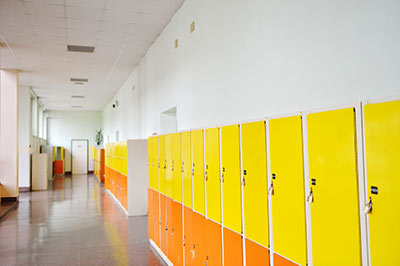School Planning and Management, 2015
Instant communications quickly turn the media spotlight on any newsworthy event. Negative publicity has resulted in school districts revisiting their commitment and attention to ensure life safety in every way possible. The growing importance of mass notification, inspection reporting and fire protection systems technologies have facilities managers scrambling to keep pace.
Changes in technology can substantially impact the physical systems that protect students, staff and visitors from fires in our schools.










